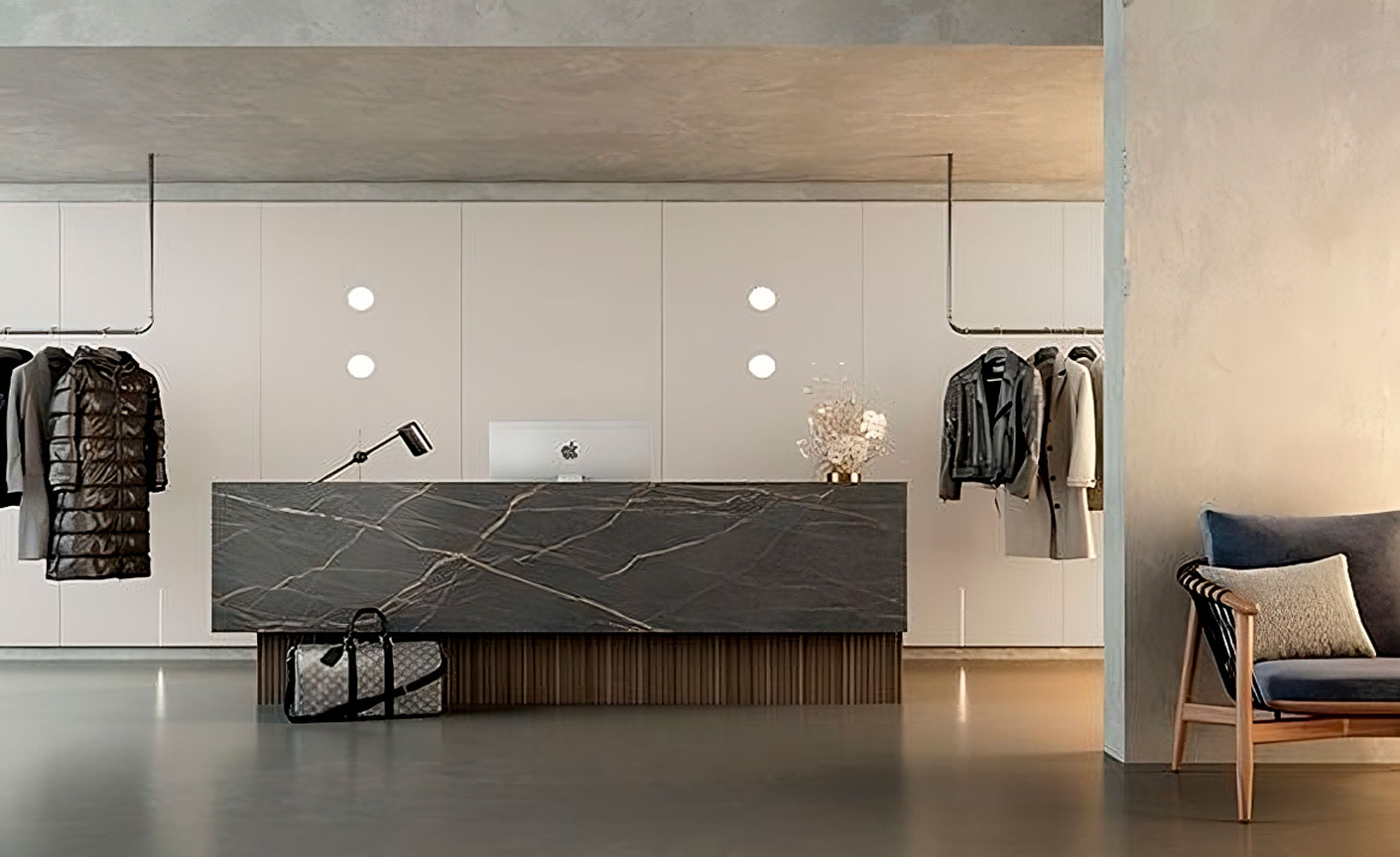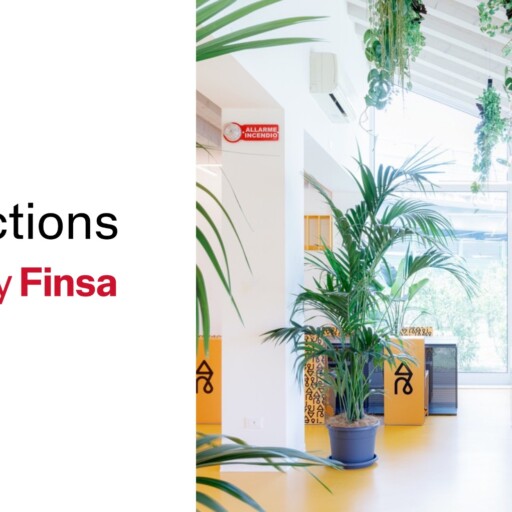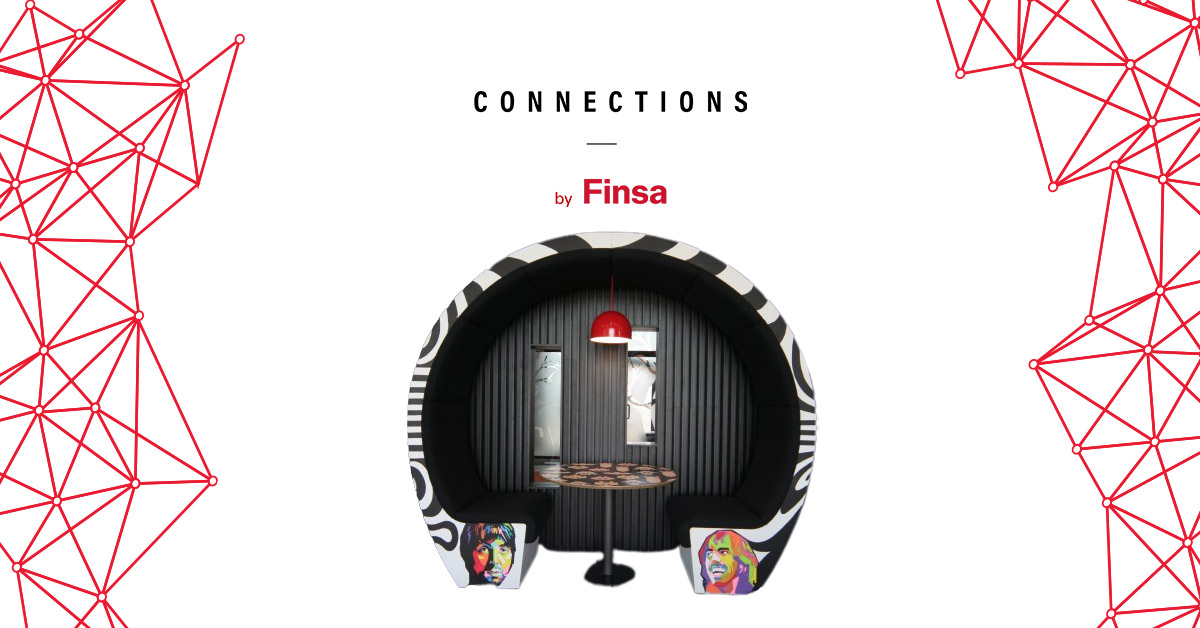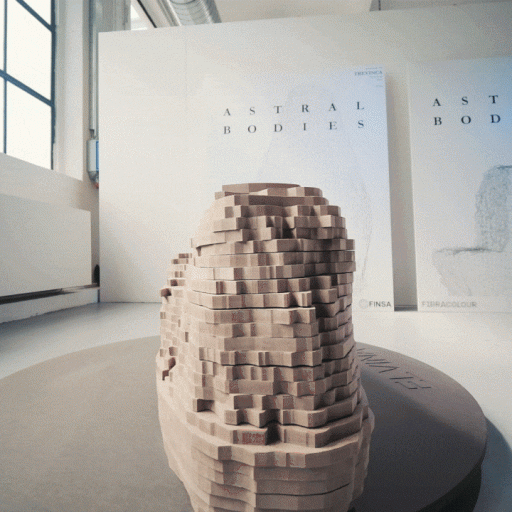“2024 will be the year where channels will definitively die. In many sectors, shopping will be totally hybrid, mixing digital and physical scenarios in consumer purchasing journeys, hence there will be no more borders. There’s only one channel: the consumer”. This prediction by Laureano Turienzo, president of the Spanish Retail Association, supports the influence of the internet on habitat. We notice this from the materiality, in the application of surprising finishes, the adaptation of spaces for the use of digital tools, or the transition of a business from the online environment to the physical. We analyze all these interferences so you have all the keys to design a true digital-physical retail.
Digital transformation in retail interior design
The trend in recent years highlights consolidation, especially in fashion: the number of stores is reduced and nearby sales points are connected, preparing the interior design for click&collect, deliveries, and package returns. These are processes that occur on the web or app and culminate with the service in the physical place.
This concept brings a change in interior design in favor of agility and speed in processes. These order zones are striking and use materials that contrast with the brand concept, while maintaining the essential values of the same.
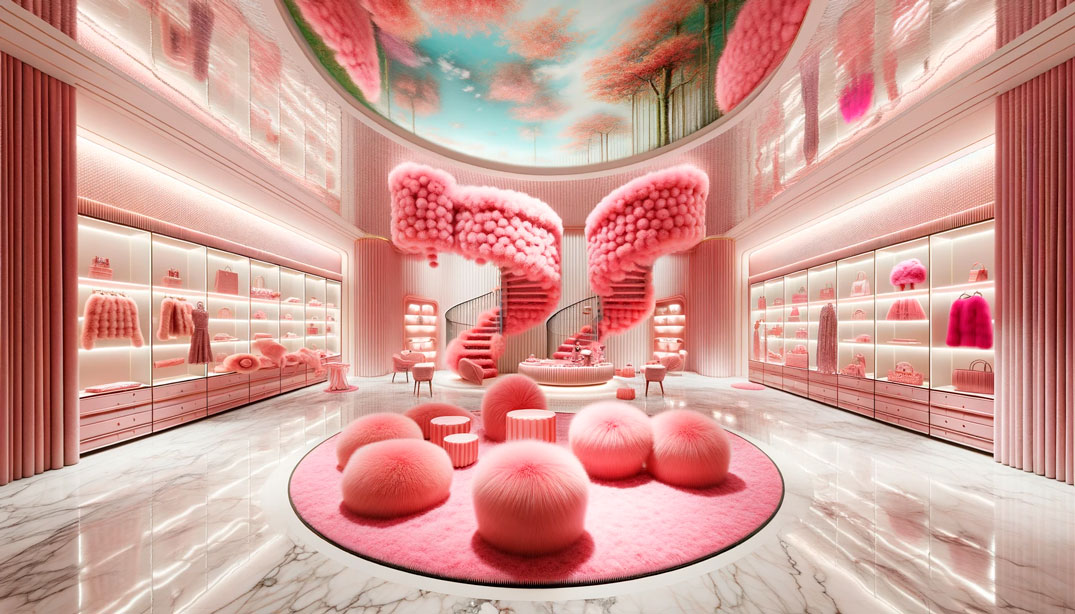
Hybrid experiences
On a small scale, without the need for major changes in the design of the space, hybrid experiences that combine the physical and digital can be integrated. For example, digital fitting rooms that capture an image allowing a person to see how a garment would fit without needing to change.
In restaurants, we have the case of digital menus or the robotization of service, and even intermediate points like augmented reality, with which we can see the kitchen team preparing the food or explaining the origin of the raw materials.
Ver esta publicación en Instagram
Materiality for a digital-physical retail
What type of materiality is suitable for digital-physical retail? Textures are key to giving spaces the relief and depth that contrast with digital tools.
Ver esta publicación en Instagram
In restaurants, senses are mixed through dreamlike interior design and practical elements like plating. In luxury stores, there’s a play with a series of finishes related to brand values and a total immersion is sought through acoustics, olfactory marketing, plants… everything influences.
Ver esta publicación en Instagram
Case studies of digital-physical retail
From theory to practice, we highlight four examples that hybridize physicality with the online environment.
Fashion: digital first
The spearhead of digital retail is in the fashion industry, followed by restaurants. The fashion designer almost no longer thinks in textiles, focusing on digitalization as the primary consumption channel. Undoubtedly, artificial intelligence is influencing the entire creative process.
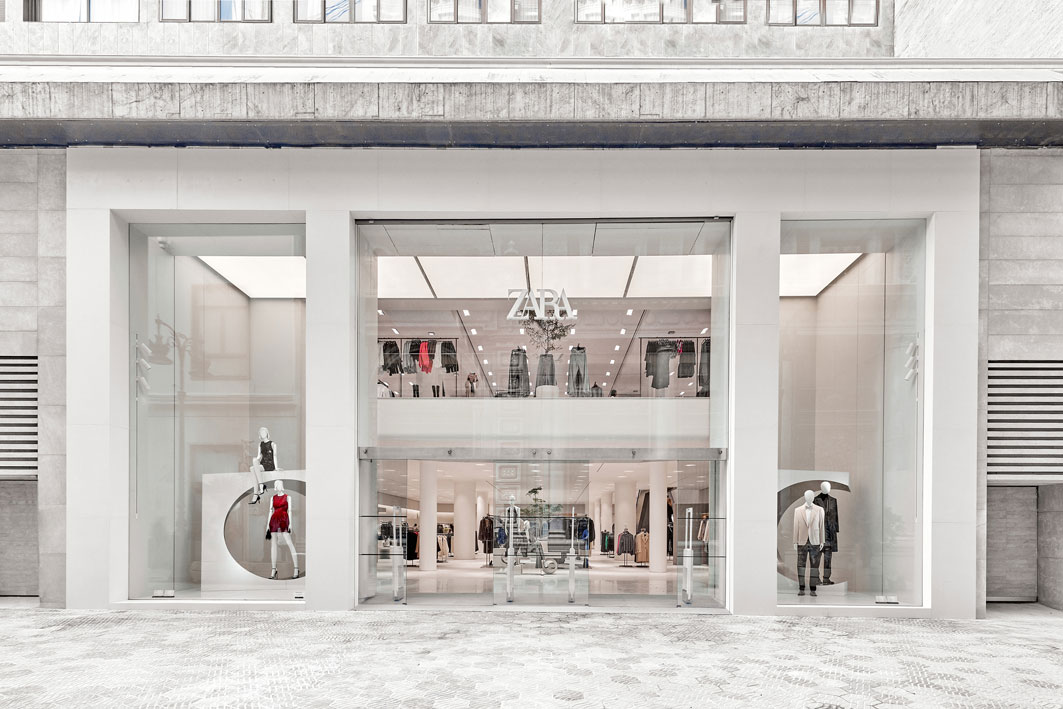
The scent of a brand, also at home
The aim is to replicate the shopping and consumption experience from retail to homes. Apple maintains the characteristic scent of its smartphones so that the sensation is exactly the same wherever its customer is.
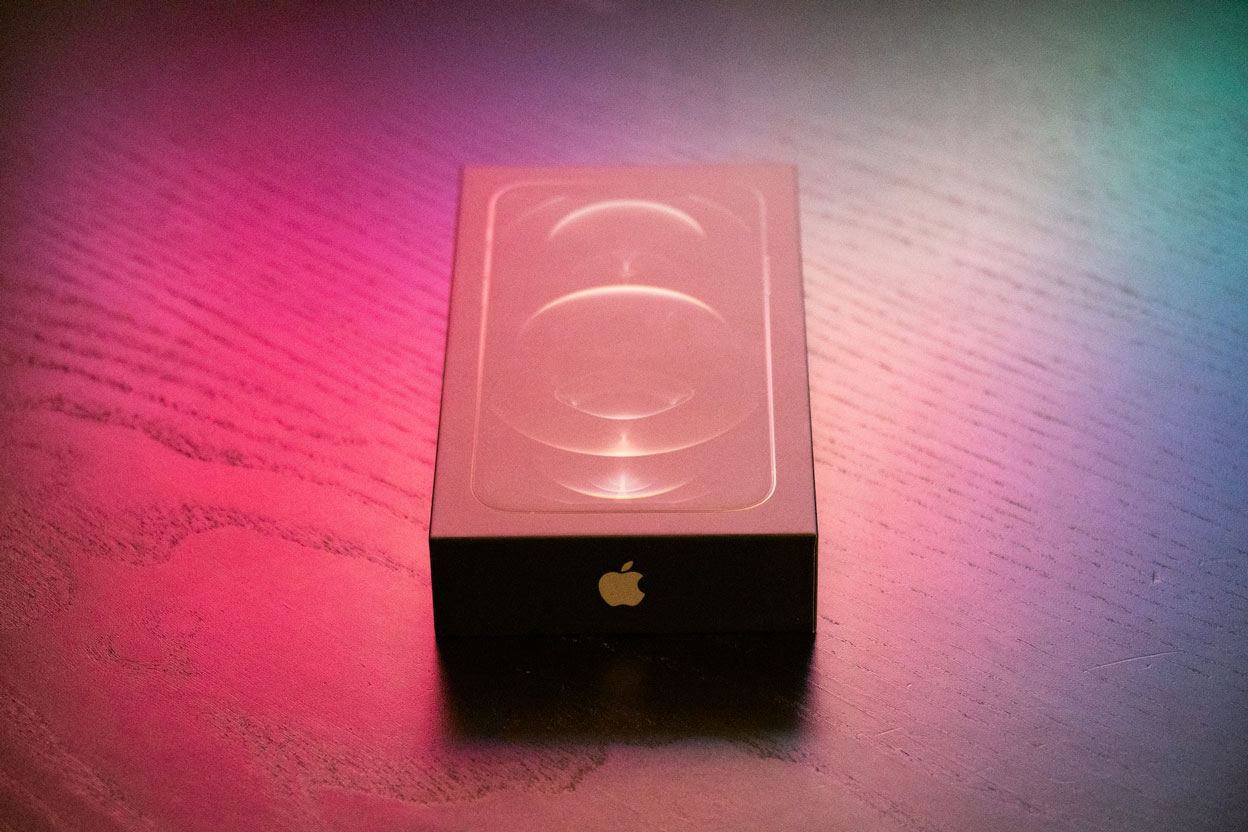
From online to physical, and vice versa
Many brands were born online and, to fully position themselves, they approach their audience through popups or stores in large cities. Such is the case of Bluebanana in fashion or VICIO as a dark kitchen.
Ver esta publicación en Instagram
From one place to another
The jump from e-commerce to physical retail requires architecture that facilitates the placement and relocation of any element. This architectural mural with integrated lighting allows for time and cost savings and ensures the extension of the product’s useful life, being able to be installed in another place with its comfortable plug&play system. As for the equipment, modular furniture will also help to propose different arrangements to provide the necessary service.
A look to the future
The challenges of the digital-physical experience in retail currently lie in achieving two objectives:
- Transmitting scent, matter, or texture through the digitalization of a 2D catalog, losing as little as possible through screens or other devices.
- Developing the ability to personalize any design order on the spot, meeting the desired characteristics and at an attractive cost.
In these opportunities, tools such as additive printing, the hybridization of professionals (art, IT…), and joint work of the entire sector’s value chain, from manufacturing to the enjoyment of the end customer, will play a relevant role.


